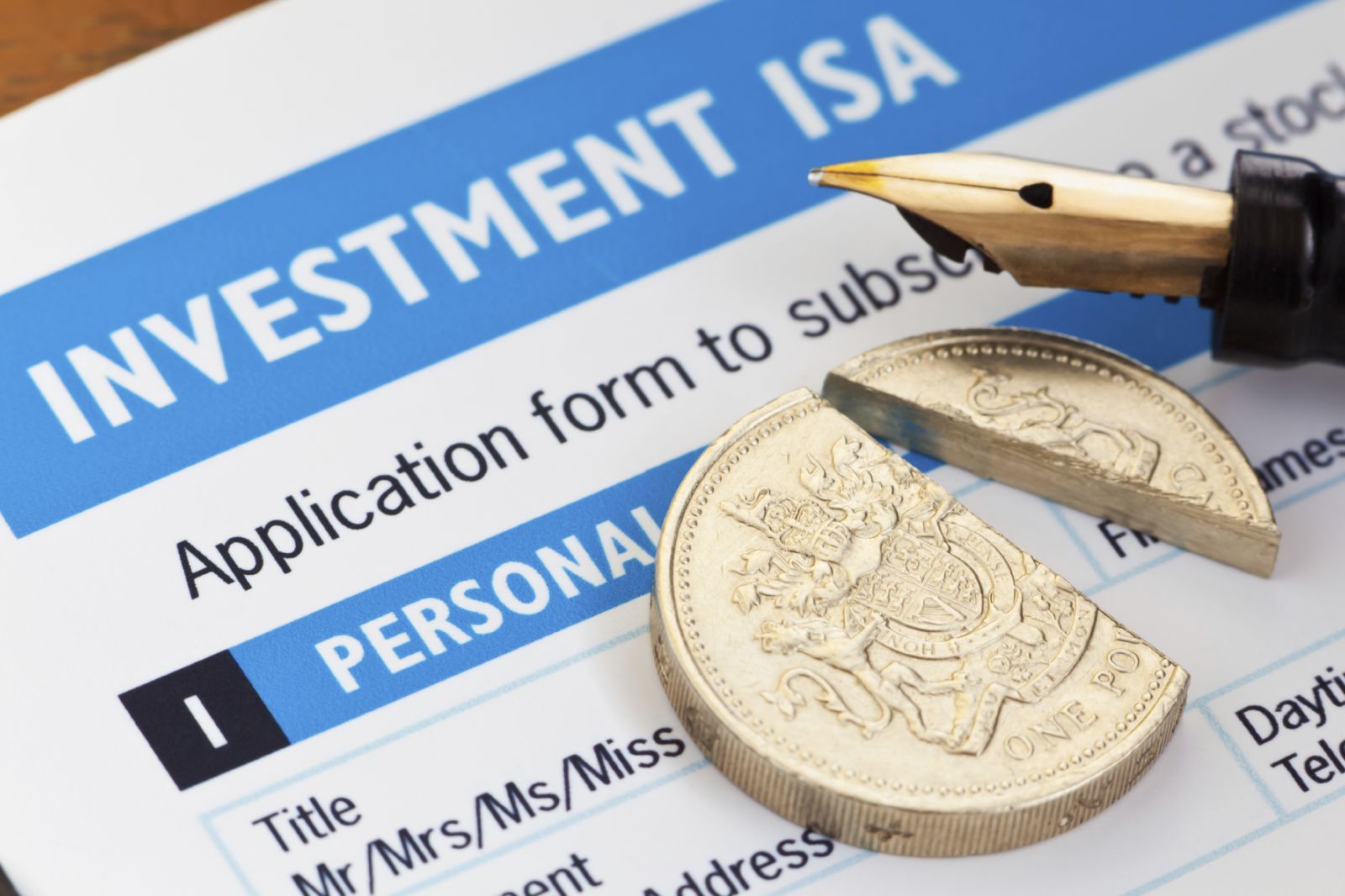In praise of ISAs
ISAs will be 20 next year. David Prosser explores why they’re still a valuable tool for investors.
 Individual savings accounts (ISAs) celebrate their 20th birthday next year and half the British population now have one. But while ISAs have become Britain’s go-to tax-efficient savings scheme since their launch in April 1999, not everyone is convinced about their merits.
Individual savings accounts (ISAs) celebrate their 20th birthday next year and half the British population now have one. But while ISAs have become Britain’s go-to tax-efficient savings scheme since their launch in April 1999, not everyone is convinced about their merits.
In recent days, the Office of Tax Simplification has complained that ISAs have become over-complicated, with several new versions of the scheme springing up in recent years. Separately, some financial advisers now argue that the tax advantages of ISAs have been reduced by other changes to the tax system.
Are ISAs out of date?
Do those complaints stack up? Well, it’s true that there is now a number of different ISAs to choose from – and that newer incarnations such as the innovative finance ISA and the lifetime ISA come with different rules and regulations attached. Still, the basic principle of ISAs remains in place: this is a shelter inside which you can place a very broad range of savings and investment products; once there, there is no tax to pay on the income or profit these assets generate.
As for the question marks around tax efficiency, these are related to two new allowances introduced in recent years.
First, the personal savings allowance enables all basic-rate and higher-rate taxpayers to earn interest of up to £1,000 and £500 each year from bank or building society savings accounts with no tax to pay; as a result, only savers with very sizeable deposits get a tax benefit by investing in a cash ISA.
Second, the dividend allowance allows investors to earn up to £2,000 of dividends on stocks and shares (including funds) each year free of tax. Since all investors also get a capital gains tax allowance – a right to earn tax-free profits each year, up to £11,700 in 2018-19 – this appears to diminish the attractions of stocks and shares ISAs for many investors.
However, while these gripes make theoretical sense, there are two big counter-arguments to consider. One is that all governments find it incredibly easy to change the rules on tax allowances, in which case both cash and stocks and shares investors may find they end up paying tax on assets unexpectedly, by which time it may be too late to move them into an ISA.
The other crucial point is that while investors just starting out may think the levels at which their savings break through the allowances look very high, regular saving over long periods builds up more quickly than you may expect. In which case, you’ll be glad you used ISAs, where your savings remain tax-free however large they grow.
Throwing the baby out with the bathwater
It’s also unlikely that ISAs will get in the way of your investment plans. This year, you can invest up to £20,000 inside an ISA – more than enough for most people. And next year, you’ll get a brand new £20,000 ISA allowance.
For these reasons, while criticisms of ISAs may have some merit, it would be wrong to throw the baby out with the bathwater. It would certainly be good news if the rules were to be simplified, but don’t be put off investing by extended choice; similarly, rather than looking at new tax allowances as undermining the case for ISAs, think about these schemes as offering additional opportunities to maximise your savings.
The average investment company produced a total return – profit and income combined – of 144 per cent over the 10 years to the end of March, or 510 per cent if you go back 20 years. For many investors in these funds, those returns would have led to sizeabl







